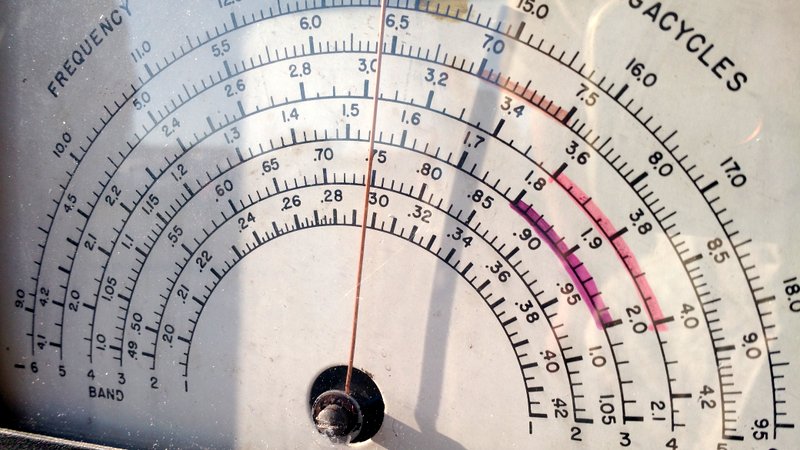(Source: Radio World)
More broadcasters than you might realize are helping keep the ionosphere warm (and the power companies happy)
In the May 9 issue of Radio World, I reported on a recent power upgrade at TWR’s Bonaire AM facility that brought that station close to the half-megawatt level (440 kW), allowing the station to make the claim that it is the most powerful medium-wave (MW) operation in the Western Hemisphere. After the dust settled, I thought it might be interesting to poke around a bit in the data available to see if they have a close (or even not-so-close) contender for second place for this title.
With only a few exceptions, U.S. stations have been capped at 50 kW since this power level was authorized by the Federal Radio Commission in the late 1920s. Powel Crosley Jr.’s WLW 500,000 kW 1930s “experimental” operation is one very well-known example, as it received a lot of publicity during the five years or so during it operated before being powered down. However, there was another much less well-known superpower operation during that period (it actually beat WLW to the punch by putting 400,000 Watts on the air about three years before Crosley was ready to belt out his hundreds of kilowatts).
[…]Surprisingly, there is one U.S. AM station that has the necessary paperwork and equipment to operate at 100 kW full-time. However, it’s not listed in the FCC’s AM database. I’m referring to the VOA’s “Radio Martí” in Marathon, Fla. which operates on 1080 kHz.
The VOA station (it sports no call sign) appears to be the only operation in its class in the U.S. and Canada, but it if you cross the border into Mexico, you’ll find “muchas estaciones de radio” that emit lots more than a puny 50,000 “vatios.”[…]


An interesting write-up, but who knows how many of those south of the border stations are still active. From what I’ve been told, much of Mexico’s AM dial is now vacant and only a few heavy hitters remain. Ditto in central and parts of South America. They’ve almost all converted to FM, with a few AM and SW stragglers remaining for remote reception.
Funny, from a global perspective even Bonaire’s massive setup is puny compared to Saudi Arabia’s 1521 kHz SBC Radio Riyadh. It allegedly clocks in at 2,000 kW! With that kind of power, you’d think it’d dominate the frequency on the various SDRs located all over Europe, but surprisingly it’s a hard catch. So it may be off or running lower power these days.
The difficulty in hearing the stations may have something to do with the high absorption the deserts cause which I imagine is the reason for the high power in the first place.
1521 was a regular on the UK based global tuners dominating CRI on the same frequency. 1440 was another good Saudi frequency.